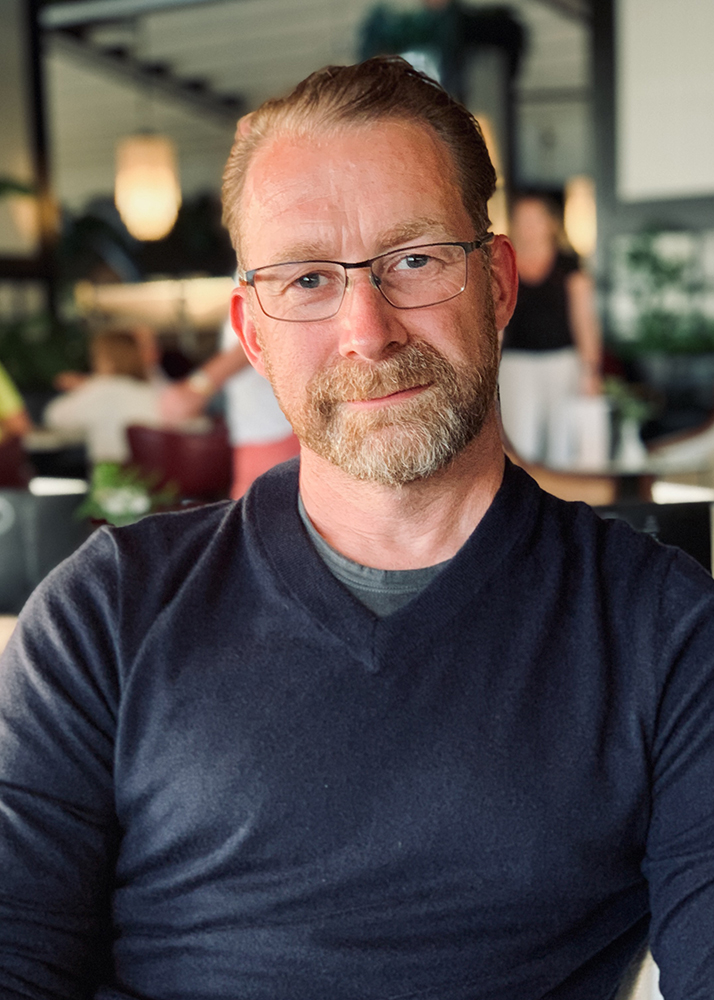
From university spinout to acquisition: Cortexica’s journey
Being a university spinout is already a unique way to bring about a new startup, filled with its own set of challenges and rewards – but what about transitioning beyond that phase?
Here, Startups Magazine speaks with Stuart Hubbard, Ex-CTO of Cortexica & Senior Director of AI and Advanced Development at Zebra, about Cortexica’s journey from university spinout to acquisition.

Cortexica’s origin
Cortexica was a spin-out from Imperial College London, founded by Professor Anil Bharath and backed by Imperial College’s venture capitalist arm. It was the university that provided the initial funding, but Cortexica had to move quickly to establish itself as a standalone company. As Hubbard explains: “You get incubated in there [the university], and then you move out into your own properties like any other startup.” For Cortexica, during this early phase, the company made good use of workspaces, given that its staff size would shrink and grow based on demand, before eventually settling into its own offices.
The company’s focus was centred around AI and computer vision, born from Professor Bharath’s research project with his team. The professor had been working on AI computer vision since the 1990s but was almost “too much too soon, a bit ahead of its time,” says Hubbard. It wasn’t until advances in graphical processing unit (GPU) power, as well as a healthy grant from the UK Government to advance the research, that Cortexica could really start to get the ball rolling.
Now with a product to offer, Cortexica began to search for commercial applications for its technology. On this front, the company would find a key market in the area of fashion retail, its technology being utilised by shoppers to identify items and find similar alternatives. From here, the floodgates opened, and Cortexica would begin to apply its technology across various industries including the identification of vehicles, safety measures on construction sites, within the sporting world, and even in many of the supermarkets we all use today.
Spotted and acquired
Cortexica’s journey would eventually lead them to be acquired, but it's no easy feat to be noticed, let alone be acquired, so how did this eventuality come to pass?
Hubbard explains: “Being an AI company means that your salary bill ends up getting quite high amongst other expenses as well. This meant that we were in many different rounds of funding, which is one of the key periods that you get to be introduced to many different companies and investors. It was during one of these rounds that we were introduced to Zebra, who funnily enough didn’t invest initially, but kept a close eye on us.”
Shortly after this initial meeting, Cortexica would work briefly with Zebra in a trial of sorts to see if its technology could identify food products such as fresh produce at a self-checkout, which was a great success. This was the catalyst that would get Zebra on board with Cortexica’s potential, eyeing in particular the company's strong engineering and research team. Then, as another funding round opened, Zebra would take the opportunity to acquire Cortexica and absorb its team into its own. “We were acquired five years ago now, and the premise for it was that Zebra believed that Cortexica could accelerate its robot in development called SmartSite, which would run up and down retail aisles to identify misplaced, out-of-stock, or faulty items. From that technology, we have since done a lot more that spans across Zebra’s hardware, from handheld kiosks, self-checkouts, all the way to tablets and scanners.”
What did the acquisition look like for Cortexica?
Being acquired is a unique process for any company, and often comes with a sense of uncertainty along with excitement, in Cortexica’s case, Hubbard had high praise for how it was handled by Zebra. “The core of our team was in London, but was also had talent elsewhere in Europe, the important part was that we were all kept on board. We was then integrated into a central team, called the CTO Technology Office, and made a central part across the different business units at Zebra.”
From here, it was all about working with the various teams and applying their own knowledge and technology to various processes and products within the Zebra family. “Some of our first work was with the biggest business unit at Zebra, called Enterprise Mobile Computing, which was developing the SmartSite robot previously mentioned, which required us to work on six different cameras all wanting to do on-device processing for image recognition and things like that. So there was a lot of early collaboration between our own team and the teams already at Zebra, lots of travelling to their Toronto, Chicago, and New York offices, and it was all really well handled by Zebra. They were great at handling ‘people processes,’ and actually looking after people – they never once stepped on our existing company ethos. Rather it was a process of asking the question, how can we make each other better?” enthused Hubbard.
Now, a few years on from the early acquisition phase, the team has achieved a considerable amount as a part of Zebra. It managed to accelerate its first project, SmartSite, by 18 months, integrate its computer vision and AI technology into Zebra’s portfolio, and worked on many new use cases, even building end-to-end processes for AI where no AI engineer is needed to operate it. This new offering is now being made available to independent software vendors through a self-hosted developer challenge.
Advice for fellow spinouts and startups
Given the current successes of the once-Cortexica team, Hubbard took the opportunity to provide some insights and advice for any other spinout or startup looking to get their name out there and potentially find an acquisition partnership. He highlighted four key factors that can make a difference:
- Focus on solving a specific problem and bringing value to your customers, rather than chasing multiple use cases at once
- Be willing to say no to opportunities that don’t properly align with the core problem you are trying to solve
- Measure the impact of your solutions and be able to demonstrate the value you’re providing to customers
- Build a network with potential stakeholders, even if acquisition or partnerships take years to eventually materialise – it’s all about the long-game!
“It’s one of the hardest things as a startup, learning to say no to all these new opportunities. But it’s important to keep those doors open for potential funding rounds and investors. It’s a real balance, just like trying to find your focus, sometimes you will need to ask yourself: ‘Is that a better problem to solve than the one I’m already doing?’ It’s never an easy process to do any of that, but you just need to find your focus and ensure that you remain in communication with customers,” explained Hubbard.
“From a startup point of view, you need to look at your stakeholders if you are looking to get acquisition. Identify who those people are and get to know them. But don’t go into these relationships expecting to get acquired asap; it could be six months, six years, or even 16 years down the road, but it’s still all about the network you build,” concludes Hubbard.

